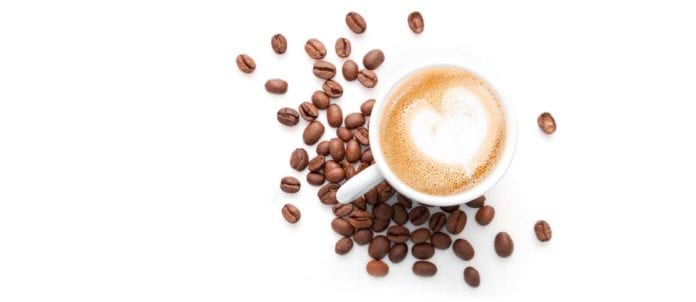Coffee is one of the key segments that makes the Canadian foodservice market so unique, but it also makes it vulnerable during these unusual times. Canada has the highest foodservice consumption rate of coffee among the 13 countries where The NPD Group collects foodservice data. Directly connected with this coffee consumption is the morning-meal occasion — where Canada is also a global leader. Connecting the final dot, we know morning occasions are linked to workday occasions.
The NPD Group/CREST data reports workday meals (consumed either on the way to or from work) accounted for about 20 per cent of the decline in foodservice visits reported during the second quarter (April, May, June). Consequently, coffee is the hardest-hit menu item. Prior to March, hot coffee was included in 30 per cent of all meals or snacks (year-ending December 2019). In the three-month period ending June, just 23 per cent of all meals or snacks included a hot coffee, representing a decline of more than 200-million hot-coffee servings.
So, is there a fix for the decline in coffee? In order to answer that question, let’s consider some of the positive trends around coffee consumption. Many coffee drinkers are continuing their foodservice-coffee habits at home. Prior to the pandemic, 15 per cent of foodservice coffee was consumed in the home. That has now jumped to 37 per cent, representing an additional 35-million servings in the second quarter. Meanwhile, our NPD Retail Tracking Service reported the sale of coffee makers was up by 150,000 units in the first six months of 2020. If each of these coffee makers was responsible for just two cups per day during the last quarter, this would translate into 27-million cups of coffee that were potentially stolen from foodservice. All of these home-coffee occasions create opportunities to upsell customers with items such as at-home breakfast or brunch combos, take-home packs of branded coffee beans or even meal kits that include coffee as a component. Canadians continue to consume coffee, so it’s important for foodservice to continue to battle for its fair share.
Another bright spot for coffee is the p.m.-snack daypart — the slowest-declining daypart for visits during the second quarter. One quarter of all hot coffee is served at this occasion. As Canadians look for a diversion during the work-from-home-with-the-kids routine, they’re seeking the small escapes afternoon or evening breaks can provide. This is directly related to the growth in ‘cravable’ occasions being tracked in CREST, which are also on the rise.
The other area of positivity in the coffee market is in the specialty preparations. In the past quarter, hot-specialty has declined at half the rate of hot-brewed coffee, while cold coffee (cold brew, iced, frozen) has actually risen by one per cent during the same time. In contrast to the hot-coffee situation, cold coffee is the fastest-growing menu item. A number of factors are contributing to this. First is the p.m.-snacking situation, mentioned above. Next is the popularity of these specialty beverages among the younger cohorts. And third is the higher menu price these items command, which serve as a very big motivator for the operators to innovate around these items.
If there is one theme I have been reporting on since this pandemic began, it’s that very few new trends have emerged. Instead, many pre-existing trends have simply accelerated.
In the case of coffee, it’s the flat growth of brewed coffee in recent years, combined with the same trend in workday occasions. The reality is, more people were already transitioning to working from home. There’s also the consideration that the under-45 age cohort has been declining in its brewed-coffee consumption, which instead skews to a 45-plus age cohort. This cohort also happens to have declined the most during this period and is the most hesitant to resume restaurant visits until they can truly feel safe again (NPD/COVID-19 Foodservice Sentiment Study, Canada, May 2020).
Soon after the lockdown began, I visited the website of my favourite local coffee shop to see if it was open. I needed to order some coffee beans and was pleased to learn that not only were they open for business, they were delivering — including its famous scones, frozen and ready to bake at home. Just like that, a $15 order for a bag of coffee jumped to more than $30. The scones arrived individually wrapped, with an instructions card and a supply of parchment paper required for baking. I would challenge other coffee operators and processors to learn some lessons from this small local operator when it comes to creating their own fixes for coffee.
By Vince Sgabellone
A foodservice industry analyst with The NPD Group. He can be reached at [email protected]


















